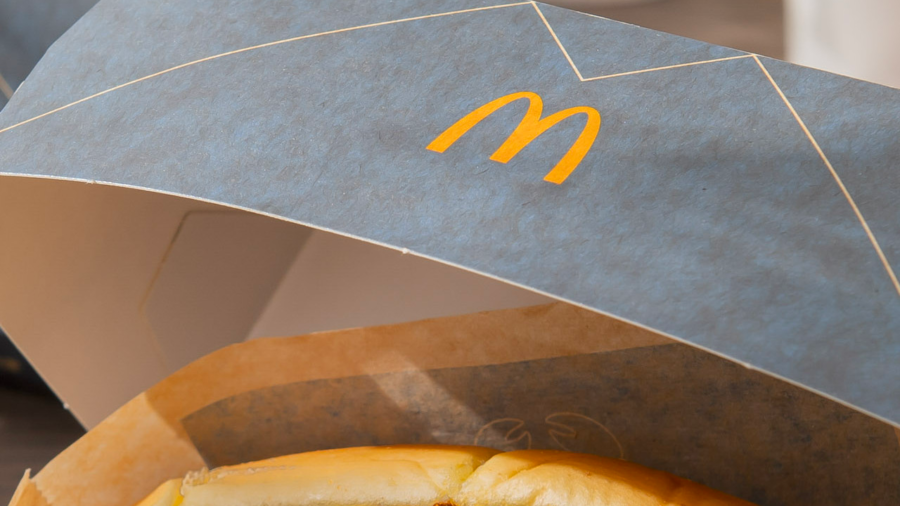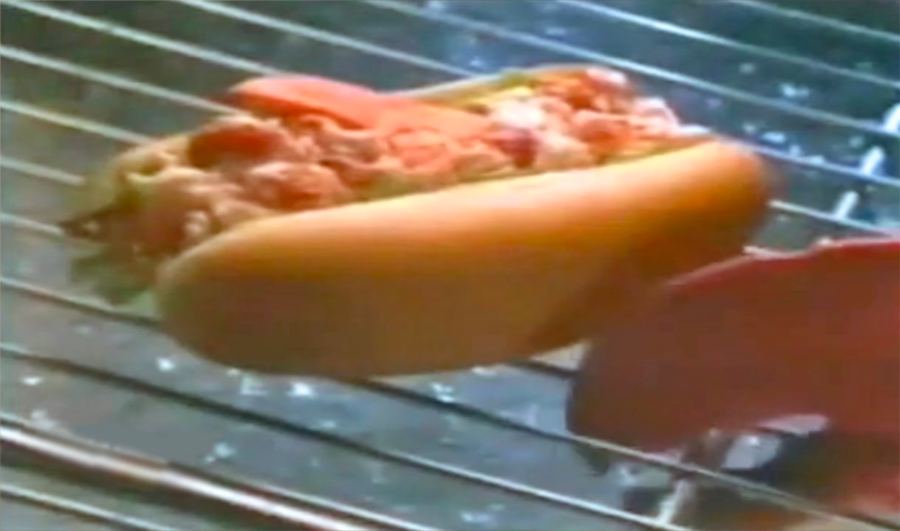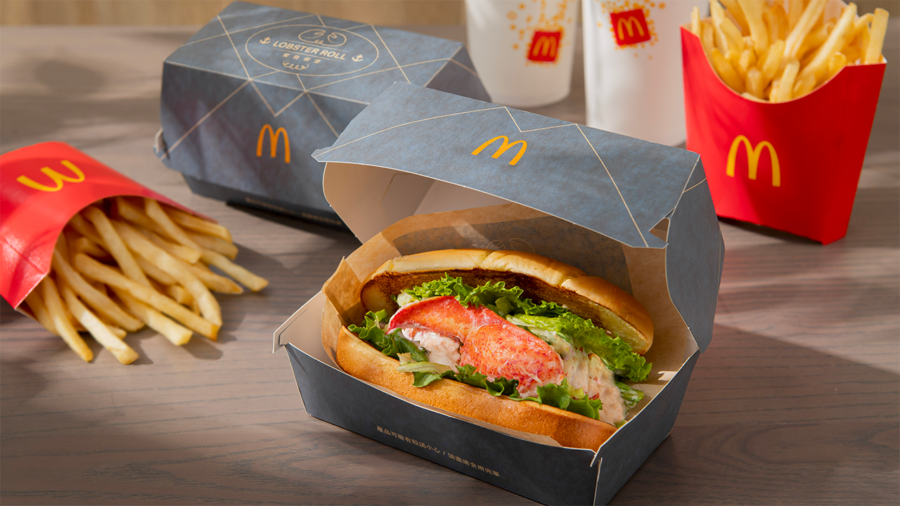Never Forget The McLobster, McDonald’s Most Disgusting Menu Item

McDonald’s is home to a wide array of limited menu items dating back to the chain’s early origins in San Bernardino, California, in 1940. Despite the franchise relying primarily on sales of burgers and fries to bring in the billions, other products, such as the McLobster, have rotated through the menu to mixed consumer opinions. As explained by the item’s first television ad slot filmed in 1993, the McLobster was made with 100 percent real Atlantic lobster and served fresh. Despite this, consumers of the fast food giant held reservations about the fishy, unappetizing promotion.
The McLobster was served with shredded lettuce and a mysterious “lobster sauce” on a hot dog bun, likely left over from the chain’s brief and ill-advised venture selling the McHotDog. McDonald’s holds a long history of experimentation, taking stabs at such options as dark meat chicken nuggets, the McSpaghetti, and most famously, the McDLT. Despite the chain’s penchant for odd experimentation, McDonald’s does occasionally knock it out of the park with revolving items such as the McRib or the Grimace shake, which sparked a prominent TikTok trend.
The McLobster Did Contain Actual Lobster, Just Not The Best Parts

Despite the trend featuring TikTokers vomiting up the lavender-colored beverage in increasing displays of horror, the majority of consumers seemed to agree that the Grimace shake was pleasant to the taste. In contrast, fans seemed to flock to McDonald’s in the mid-1990s to get a taste of the McLobster, only to meet massive disappointment after receiving a hot dog bun full of what is essentially a fishy chicken salad. The advertising for the McLobster wrote a number of checks that the product simply couldn’t cash, resulting in complaints and dissatisfaction from many consumers who actually tasted the meal.
While many modern consumers may be quick to label the McLobster with conspiracy theories of pink sludge or some other lab-grown lobster alternative, the chain seems to have followed through on their promise to utilize actual shellfish. Of course, cost-saving measures were implemented to ensure that the item could sell for only $3.99 a pop, such as employing the use of CKL meat. CKL meat refers to the small hunks of less-fresh and less-expensive meat tucked in the joints and body of the lobster, rather than the expensive and sought-after elements such as the claw and the tail.
The McLobster Is Still Available At Certain Locations

Despite the failure of the McLobster, the item is still technically available in select locations, albeit with a different name and formula. Today, consumers can purchase a McDonald’s Lobster Roll at certain locations along the Atlantic coastline in the US and Canada. Of course, this market is the least likely candidate to purchase a fast-food lobster roll, as consumers near the coast always have the option of getting fresh lobster from local establishments or even grocery stores.
In some other countries, it’s even still available as the McLobster. Here’s a modern ad from Italy, for instance, touting it as a limited-time available item…
The McLobster may have been a massive failure for the chain, but McDonald’s likely didn’t lose much money on the venture, if any. Thanks to the low operational complexity of its business model and the wide array of menu mainstays like the Big Mac, Quarter Pounder, and Chicken McNuggets, the company has long-retained its status as the biggest fast food chain in the entire world.












